There are more than 200 new biotechnology products in the pipeline (phase II to registered), all of which could be future targets for biosimilars. However, around 60% of these products concern mechanisms of action that are already available, see Figure 1 [1].
- Home
-
Generics
News
- FDA approves generic teriparatide and levetiracetam
- US generics launch and approval for Dr Reddy’s and Lupin
- Five Chinese companies join UN’s MPP for Covid-19 medicines
- South Korean companies to make generic Bridion and COVID-19 drugs
Research
- Japan’s drug shortage crisis: challenges and policy solutions
- Saudi FDA drug approvals and GMP inspections: trend analysis
- Generic medications in the Lebanese community: understanding and public perception
- Community pharmacists’ understanding of generic and biosimilar drugs: Lebanon case study
-
Biosimilars
News
- EC approves eight biosimilars, six more await final authorization
- EMA recommends approval for three biosimilars: Jubereq, Osvyrti, and Qoyvolma
- FDA biosimilar approvals in March 2025: Bomyntra, Conexxence, and Omlyclo
- Canada approves pegfilgrastim biosimilar Pexegra
- MORE EDITORIAL SECTIONS
- Search








 0
0
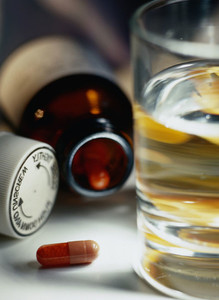
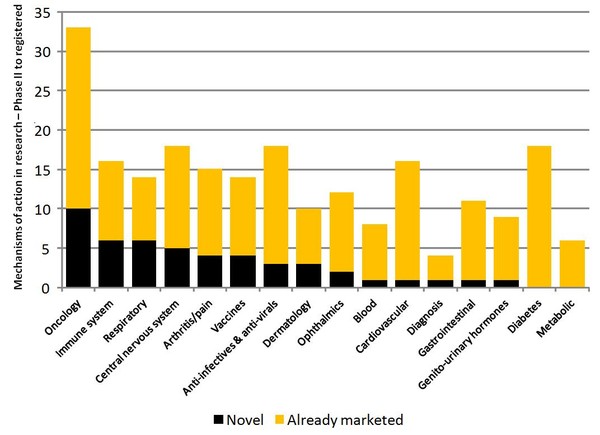
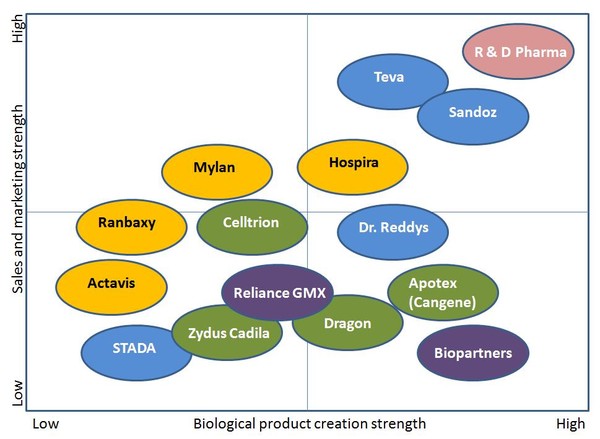
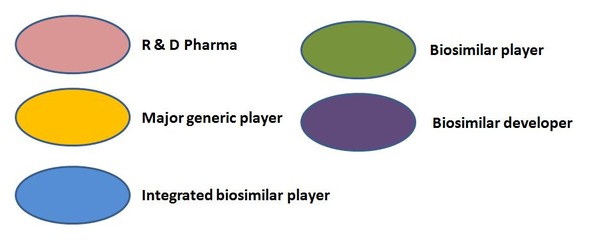


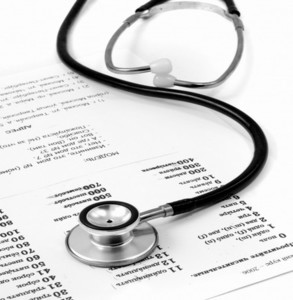







Post your comment